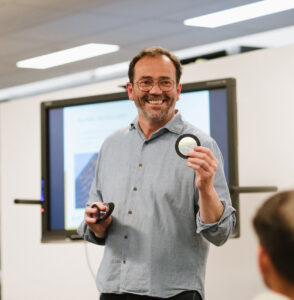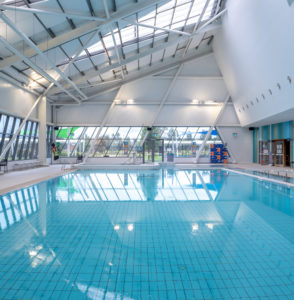
LEARN
Train and light rail lighting: Facilitating safe and functional lighting for pedestrian and transport movement.
Words by: Elise Blight
From commuter safety to managing obtrusive light spill to neighbouring residents, there are many considerations to be made in lighting for rail and light rail settings.
Key Considerations:
Safety for all users
Safety and functionality across all areas of each railway station; from the car park to pathways to the concourse and entry to the platform and so on each area must be considered and be designed to comply with both Australian Lighting Standards and any rail network specific requirements.
This also includes safety and clear vision without glare for train drivers.
Robustness of products
With the issue of vandalism being a challenge at many railway stations, the robustness and durability of products is critical.
Minimisation of obtrusive light spill
Stations are often existing within proximity to neighbouring properties, AS4282 obtrusive light spill must be considered and complied with to avoid disrupting the local community.
Environmental sustainability
Energy efficient lighting that meets the and Infrastructure Sustainability Council of Australia (ISCA) requirements.
Longevity, reliability, and maintenance
Lighting that is designed to last and backed by a comprehensive warranty. Luminaires that need minimal maintenance and downtime improve long term cost efficiency and reduce unnecessary outages and labour.
Creating ambience for community
With the elevation of several stations, areas that once were simply conduits for train lines unavailable for public use, become hubs for communities with walking and cycling paths, parks and activity spaces.
Class II Specification where required
All products for rail and stabling yard projects wherein luminaires are directly at or close to powerlines require class II specification to ensure long term durability and service life. Rail powerlines are only live when a train is in the area. This means they are powered up and down causing massive electromagnetic fields when switched. Class I setups (standard luminaire design) can carry these pulses via the earth cable into the LED driver potentially reducing the life span of the driver.

An IES Award Winning Railway Lighting Project: Caulfield to Dandenong Line
The Caulfield to Dandenong line is Victoria’s busiest train line. At the time of the works in late 2018, this level crossing removal project also represented Victoria’s biggest infrastructure spend at an estimated 1.6 billion dollars, covering 9 level crossing removals and 5 brand new elevated stations. For decades, this rail corridor was a major barrier to urban permeability, adding to road congestion, limiting links between suburbs and restricting the introduction of new rail services.
Noble Park, Clayton, Carnegie, Hughesdale and Murrumbeena stations as well as the shared use path in between became the first stage of Victoria’s elevated rail system. WSP Specialist Lighting worked closely with all stakeholders to meet each of their individual needs including 3 different councils, Level Crossing Removal Authority (LXRA), Metro Trains Melbourne (MTM) and VicTrack.
Ultimately, Adrian Sterritt, Associate Director and Kim Straatemeier, Senior Lighting Designer of WSP Specialist Lighting won an IES Award of Commendation for their work on the CTD project and they oversaw the lighting for 5 new elevated train stations, all surrounding public realms, carparks and the 17 km of new pedestrian and cyclist paths along the rail corridor.
The Carnegie Station lighting brief
• Provide a suitable level of lighting for road and rail users across the project
• Illumination that aids in the facilitation of safe and functional pedestrian and transport movement in accordance with the relevant Metro Trains Melbourne (MTM) Engineering and Australian Standards
• Provide lighting that encourages activity and improves urban and visual amenity for all users
• Deliver an energy efficient lighting solution that meets Green Star and Infrastructure Sustainability Council of Australia (ISCA) energy requirements
• Provide easily maintainable lighting infrastructure. The lighting design must consider the users’ overall journey to ensure a visually comfortable and consistent experience throughout.
The solution:

Platform and Train Tracks
Carnegie was the first station of Victoria’s elevated rail system. WSP worked closely with all stakeholders to meet each of their individual needs including 3 different councils, LXRA (level crossing removal authority), Metro Trains Melbourne (MTM) and Victrack.
Key considerations:
MTM Lighting Standards – higher than Australian lighting standards, all areas of the project that belong to MTM are bound by the MTM lighting standards, while the general Australian lighting standards apply to some areas (such as footpaths) beyond the train line. Key MTM standards included;
– Platform lighting to be on 24/7
– 80 lux minimum requirement
– Double insulated (class 2 fittings) required for fittings coming off a building on the platform where there is a voltage change (to prevent earthing and bonding issues)
– CRI > 70
Obtrusive light spill – many local residents were concerned about the ramifications of the new elevated stations. As such, it was important to comply with AS4282 ensuring wherever possible that neighbouring properties wouldn’t be affected by the new lighting infrastructure
A common key architectural feature element for all stations is the canopy roof structure. The interplay of daylight, shadow and artificial light of these is pivotal to the design. At night, the lighting complements and enhances the architecture with neutral white up-lighting to highlight the ceiling
Ensuring there is no glare onto the tracks and into the visual line of train drivers was also important

The schemes adopted for each precinct embrace best practice Crime Prevention Through Environmental Design (CPTED) principles and are compliant with the recommendations to manage spill lighting within acceptable levels. In order to meet these obtrusive lighting requirements a few innovations were developed in conjunction with the lighting suppliers on the project, include the development of special hybrid LED optics.
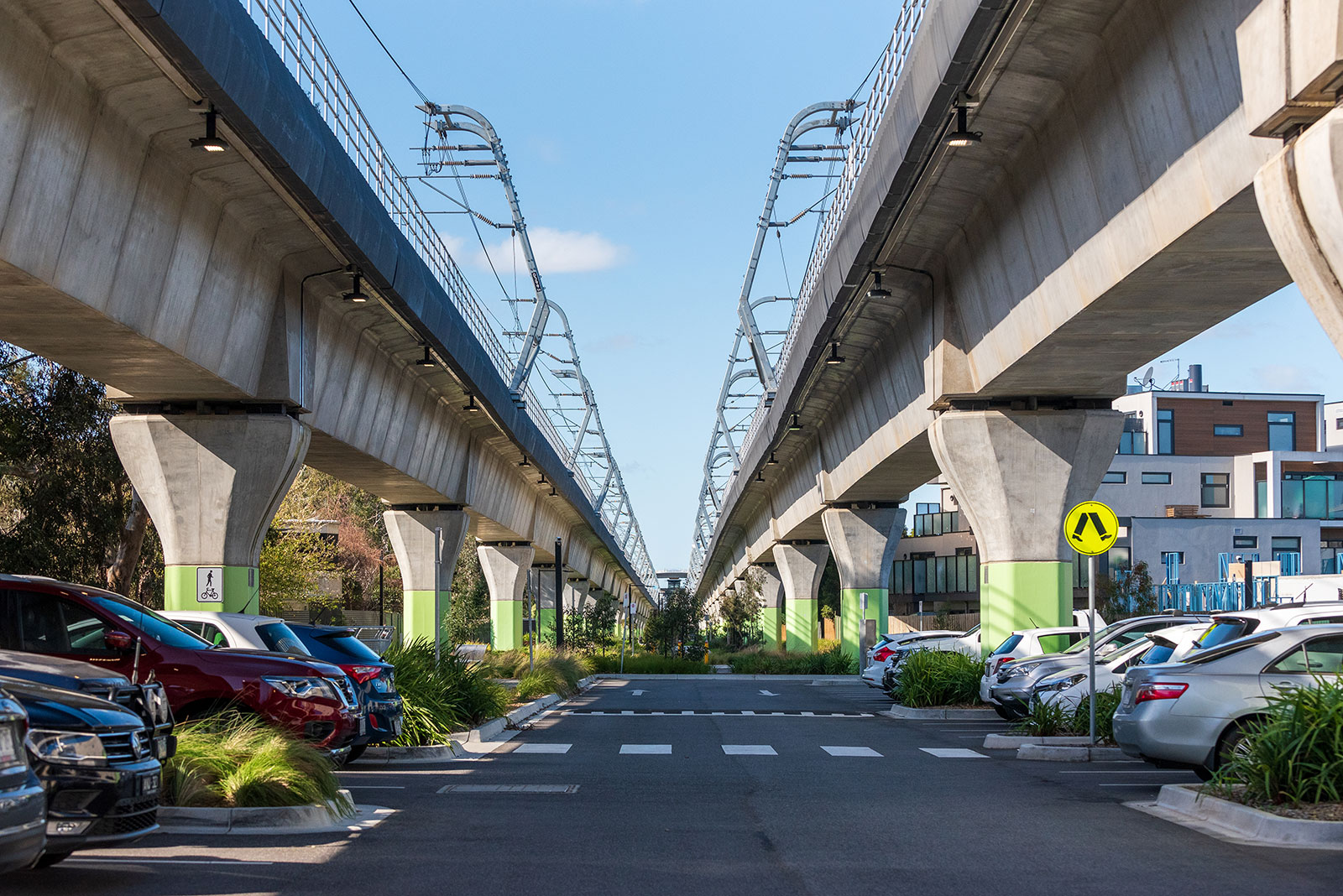
Viaduct
Electrical isolation was required for lights mounted to the viaduct. In order to avoid earthing and bonding issues, WSP Lighting worked in conjunction with the Architects and Electrical team to design a special bracket to mount the lights – resulting in a much cleaner solution than filling the car parks with light poles.

Public Realm Area and Pathways
The level crossing removal project in Victoria for the Caulfield to Dandenong line involved the removal of the nine level crossings along the rail corridor and elevating the rail line, which unlocked new space for public realm (11 MCG’s worth of open space). This area includes large expanses of open space, parklands, community areas and pathways. 17 km of new pedestrian and cyclist paths were incorporated in the Caulfield to Dandenong project, all of which required integration and design of public lighting.
”Living locally, since its installation, I’ve noticed many couples out taking their dogs for walks, kids playing Table Tennis on the new public table tennis tables, games of heated basketball all under our lighting and its really highlighted to me what a great project this has been for the local area, bringing the community together and great for Victoria.”

Why WE-EF for rail
10 Year Warranty
When it comes to both aesthetics and technology, longevity is at the core of our products’ DNA, so much so that it is backed by a fully supported 10 year warranty in Australia and New Zealand. This applies to all electrical components and includes an L70 or better performance with WE-EF LEDs, which means a maintenance free lighting product for at least the period of the warranty.
Durability
A strong German engineering heritage focused on manufacturing premium quality products. High pressure die-casting manufacturing technique, marine grade materials, factory sealing of luminaires for worry-free installation and our proven 5CE+ Primer corrosion resistance system ensure componentry that is built to withstand the toughest conditions, such as tough coastal weather.
High Performance
WE-EF designs, engineers and manufactures its products to achieve the required lighting levels for the lowest possible electrical load; ensuring performance and efficiency. With its own LED optics OLC® (One LED concept) uniformity is consistently maintained and with our IOS® (Innovative Optical System), there is zero light emission above 90 degrees horizontal, WE-EF takes pride in building best in class performing luminaires and is renowned for industry leading optics.
Locally Made
WE-EF assembles all its products for the Australian and New Zealand markets in Australia. Local manufacturing ensures compliance with local standards and IP/IK ratings and enables customisation to solve application challenges and meet client needs, as well as the ability to create ‘hybrid’ optic and control solutions that distribute light tactfully and uniformly where it is needed.

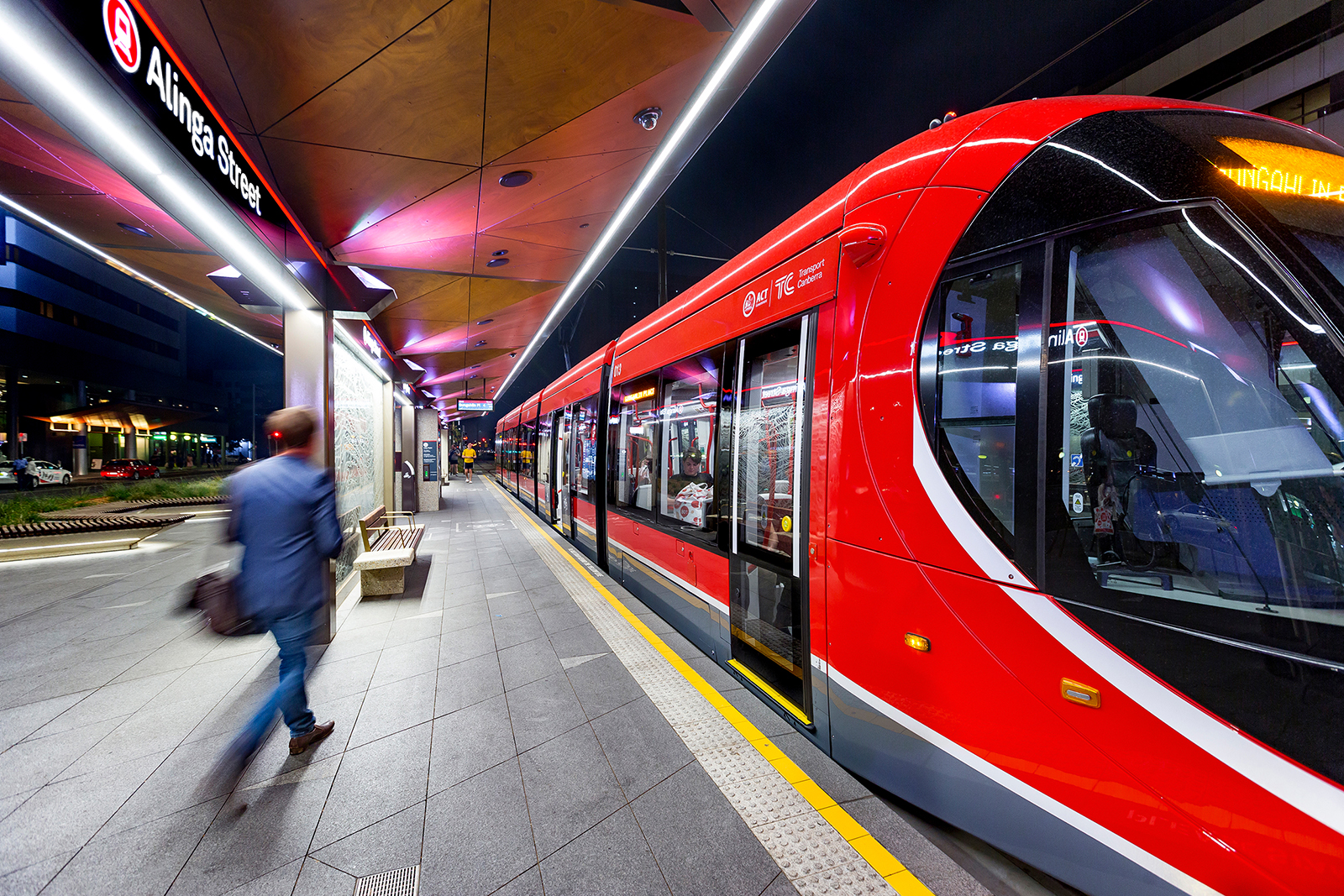
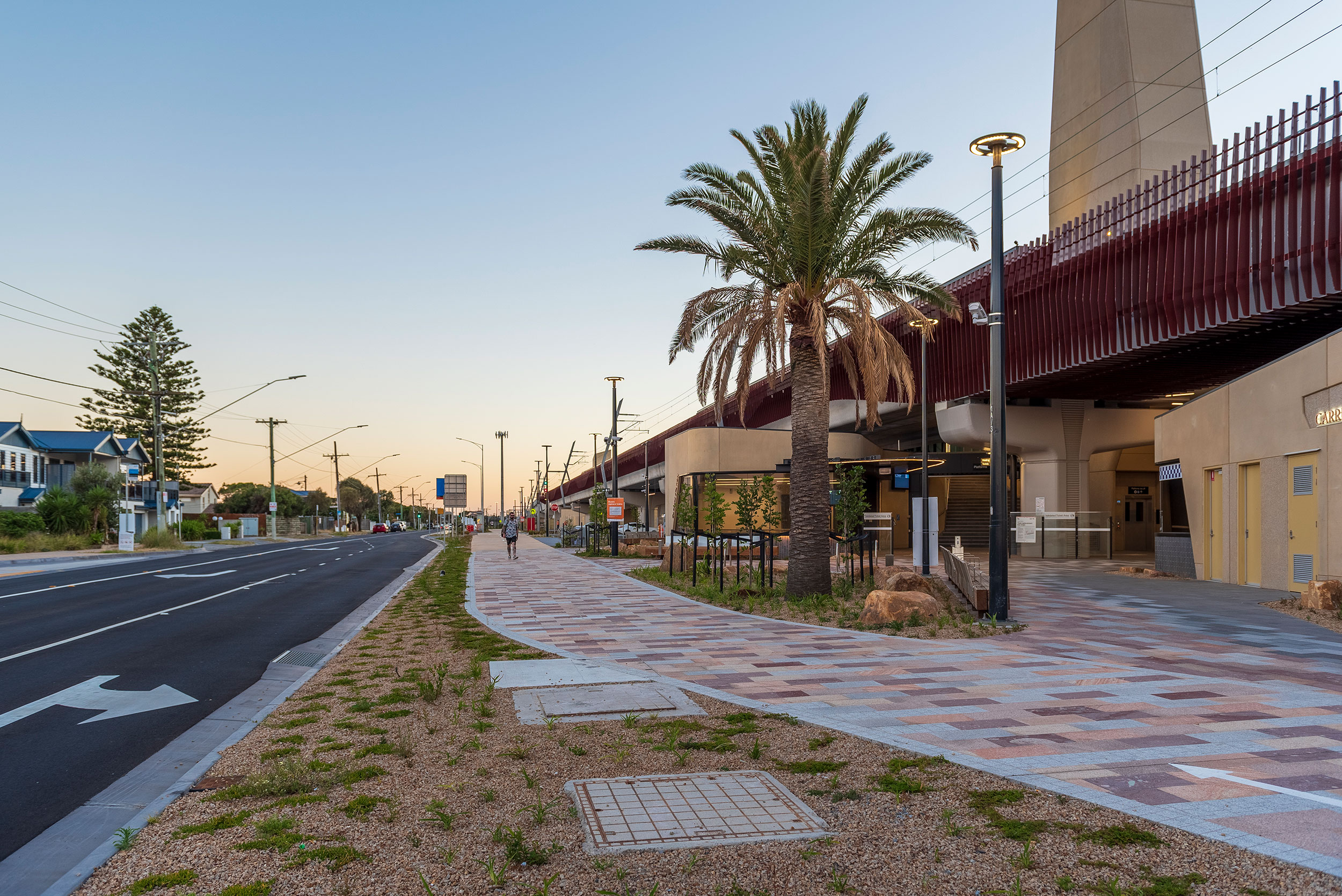



Photography: WE-EF, Ilya Parr, Jackie Chan
